Key Takeaways
Understanding pet joint wellness begins with recognizing the unique needs of aging animals. Mobility solutions for senior pets often combine targeted exercises with veterinary-approved supplements. For dogs, studies show CBD oil may support joint flexibility, though consultation with a veterinarian is crucial. Cats, meanwhile, benefit from low-impact activities and ergonomic home adjustments like ramps or padded surfaces.
A balanced approach includes science-supported joint diets rich in omega-3s and glucosamine. Below is a comparison of common strategies:
| Solution | Dogs | Cats |
|---|---|---|
| Dietary Supplements | Glucosamine chondroitin | Omega-3 fatty acids |
| Exercise | Short, frequent walks | Interactive play sessions |
| Environmental Mods | Orthopedic beds | Easy-access litter boxes |
Regularly monitoring senior pet comfort signs—like limping or reluctance to jump—helps catch issues early. For holistic care tips beyond joints, explore our guide on embracing wellness routines. Always prioritize veterinary-backed joint care plans to ensure tailored, safe interventions.
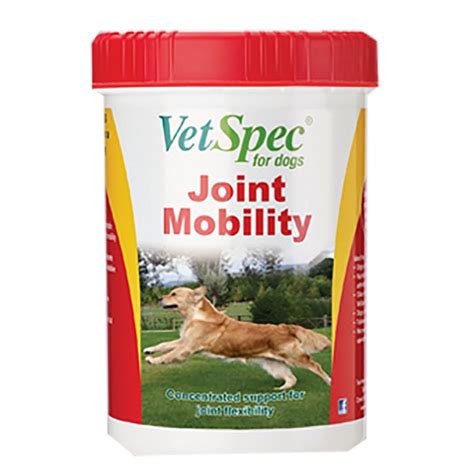
Pet Joint Health Essentials
Maintaining joint wellness in pets begins with understanding their unique needs. Proactive care starts with nutrition—high-quality diets rich in omega-3 fatty acids and glucosamine can support cartilage health. For aging pets, veterinary-backed joint care often includes supplements like chondroitin or methylsulfonylmethane (MSM), which may reduce inflammation. Regular, low-impact exercise—such as short walks or gentle play—helps preserve muscle strength without straining joints.
Monitoring weight is critical, as excess pounds increase stress on hips and knees. Senior pets benefit from orthopedic bedding to alleviate pressure points. Early detection of stiffness or limping through routine check-ups allows for timely interventions. While CBD oil for dogs has gained attention for its potential anti-inflammatory properties, always consult a veterinarian before introducing new supplements.
For cats, environmental adaptations—like ramps or steps to elevated areas—reduce jumping strain. Integrating science-supported joint diets tailored to species and age ensures balanced nutrient intake. Remember, joint health is a lifelong commitment; small, consistent adjustments can significantly enhance mobility and comfort.
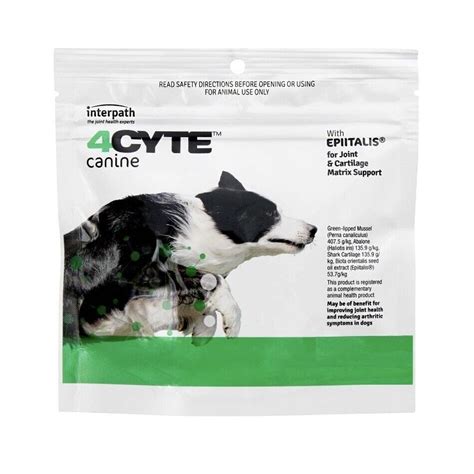
Senior Pet Mobility Solutions
As pets age, maintaining joint health becomes critical for their comfort and quality of life. Mobility solutions for senior pets often start with environmental adjustments. Adding ramps or non-slip surfaces can help arthritic dogs navigate stairs or slippery floors, while orthopedic beds provide joint support during rest. For cats, placing food bowls and litter boxes on easily accessible levels reduces strain.
Regular, low-impact exercise—like short walks or gentle play—strengthens muscles without overstressing joints. Veterinary-backed joint care may include supplements such as glucosamine or omega-3 fatty acids, which are clinically shown to support cartilage health. In some cases, veterinarians recommend physical therapy or laser treatments to improve flexibility.
Emerging options like CBD oil for dogs have gained attention for their potential to reduce inflammation and discomfort. However, always consult a vet before introducing new supplements. For senior cat mobility tips, consider interactive toys that encourage movement without excessive jumping. Elevated perches with padded steps can also help older cats stay active safely.
Monitoring your pet’s gait and behavior for signs of stiffness ensures early intervention. Combining these strategies fosters a supportive environment, helping aging pets maintain independence and vitality.
Veterinary-Backed Joint Care Tips
When addressing joint health in aging pets, consulting a veterinarian ensures access to science-supported strategies tailored to your companion’s needs. Veterinarians often recommend nutraceuticals like glucosamine and chondroitin, which help maintain cartilage elasticity and reduce inflammation. These supplements are particularly effective when combined with omega-3 fatty acids, known for their anti-inflammatory properties.
Weight management is another critical factor—excess pounds strain joints, worsening mobility issues. Your vet may suggest a balanced diet with controlled calories or prescribe therapeutic foods specifically formulated for joint support. For pets with moderate discomfort, veterinarian-approved physical therapy exercises, such as gentle stretching or hydrotherapy, can improve flexibility without overexertion.
Regular check-ups allow early detection of conditions like arthritis, enabling timely intervention. Diagnostic tools like X-rays or blood tests help customize care plans, ensuring treatments align with your pet’s unique physiology. Always follow dosage guidelines for medications or supplements, as improper use may lead to complications.
By integrating these veterinary-backed approaches into your pet’s routine, you create a foundation for sustained mobility and comfort, complementing broader strategies discussed in other sections of this guide.
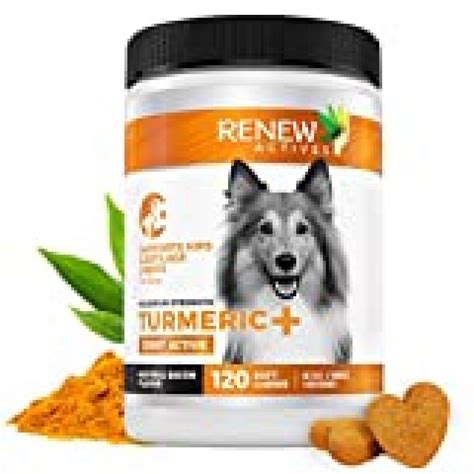
CBD Oil Benefits for Dog Mobility
As pet owners explore mobility solutions for aging dogs, CBD oil has emerged as a promising option backed by growing veterinary interest. Derived from hemp plants, CBD oil interacts with a dog’s endocannabinoid system, which plays a role in regulating pain and inflammation. Studies suggest it may help improve joint flexibility and reduce discomfort in dogs with arthritis or age-related stiffness. However, always consult veterinary professionals before introducing supplements, as dosage and formulation depend on factors like weight and health history.
Research highlights CBD’s potential to support cartilage health and promote calmness, which can indirectly benefit mobility by encouraging gentle movement. For example, a 2023 trial found dogs receiving CBD-infused treatments showed improved activity levels and weight-bearing capacity. While not a cure, it may complement other science-supported strategies, such as physical therapy or joint-friendly diets.
When choosing CBD products, prioritize third-party tested options specifically designed for pets. Look for labels confirming THC-free content and organic sourcing to ensure safety. Effects vary, but many owners report noticeable changes in their dog’s comfort within 2–4 weeks. Pairing CBD with monitored exercise routines can amplify benefits, creating a balanced approach to senior dog wellness. Remember, consistency and professional guidance remain key to optimizing results.
Senior Cat Mobility Strategies
As cats age, maintaining joint health becomes crucial for their comfort and activity levels. Begin with regular veterinary assessments to identify early signs of arthritis or stiffness, which are common in senior felines. Environmental modifications—such as providing low-entry litter boxes, ramps to favorite perches, and non-slip floor mats—can reduce strain on aging joints.
Diet plays a pivotal role: opt for formulas rich in omega-3 fatty acids and glucosamine, nutrients shown to support cartilage health. Some veterinarians recommend targeted supplements or prescription diets backed by clinical research. Gentle therapeutic exercises, like controlled play sessions with feather toys, encourage movement without overexertion.
Monitor your cat’s behavior for subtle changes, such as reluctance to jump or groom. Pain management strategies, including vet-approved medications or alternative therapies, may be necessary for severe cases. By combining preventive care and adaptive home adjustments, you can help your senior cat navigate their golden years with greater ease and vitality.
Science-Supported Joint Diets
Proper nutrition plays a critical role in maintaining joint health for aging pets. Research shows that diets rich in glucosamine, chondroitin, and omega-3 fatty acids can help reduce inflammation and support cartilage repair. Veterinarians often recommend specially formulated senior pet foods that include these nutrients, as they’re calibrated to meet the unique needs of older dogs and cats.
Tip: Look for products with the National Animal Supplement Council (NASC) seal or those backed by veterinary nutritionists to ensure quality and efficacy.
Studies highlight the benefits of EPA and DHA (types of omega-3s found in fish oil) for improving mobility in pets with arthritis. For pets unwilling to switch foods, adding a veterinary-approved supplement to their current diet can provide targeted support. However, avoid over-supplementing—balanced nutrition is key.
“A diet’s impact on joint health isn’t just about individual ingredients but how they work together,” explains Dr. Emily Carter, a board-certified veterinary nutritionist.
When selecting joint-friendly diets, prioritize high-quality protein sources and antioxidant-rich ingredients like blueberries or spinach. These components combat oxidative stress, which accelerates joint degeneration. Always consult your veterinarian before making dietary changes, as underlying conditions may require tailored plans. For pets with food sensitivities, hydrolyzed protein diets or limited-ingredient options may offer safer alternatives.
By combining science-backed nutrients with a whole-food approach, pet owners can create meal plans that actively support mobility and long-term joint wellness.
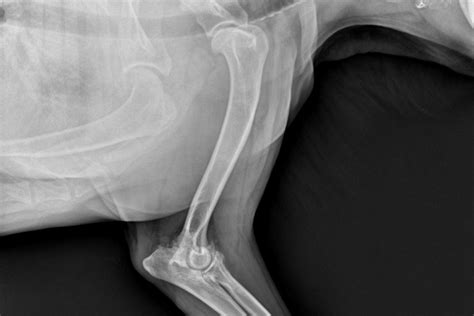
Exercise Routines for Aging Pets
Maintaining mobility solutions for senior pets requires tailored exercise routines that balance activity with joint protection. Low-impact exercises like leash-guided walks or controlled swimming help strengthen muscles without stressing aging joints. Aim for shorter, frequent sessions—10-15 minutes twice daily—to prevent fatigue.
For pets with stiffness, incorporate veterinary-backed joint care techniques such as gentle stretching or balance exercises (e.g., standing on cushioned surfaces). Always warm up with 5 minutes of slow movement to improve circulation. Avoid high-impact activities like jumping or prolonged running, which may worsen discomfort.
Interactive toys or puzzle feeders encourage light movement while engaging the mind, supporting both physical and cognitive health. Consistency is key: gradual increases in activity levels, paired with regular vet checkups, ensure routines adapt to your pet’s changing needs. If mobility declines, consider hydrotherapy or professional physical therapy programs designed for senior animals.
By prioritizing senior pet mobility strategies, owners can help pets maintain independence while reducing the risk of injury. Always monitor for signs of overexertion, such as limping or reluctance to move, and adjust activities accordingly.
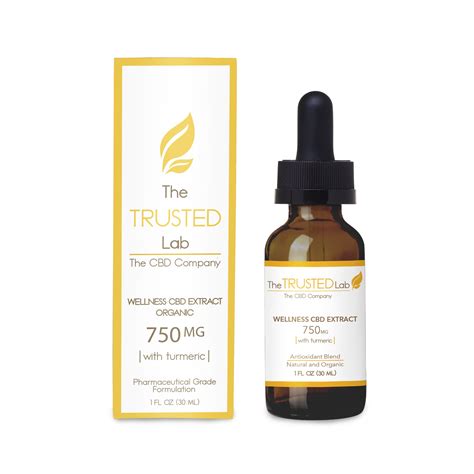
Monitoring Senior Pet Comfort Signs
Recognizing subtle changes in your aging pet’s behavior is critical for maintaining joint wellness and mobility. Older dogs and cats often mask discomfort, so watch for signs like hesitation before jumping, stiff movements after rest, or reduced interest in play. Track activity levels using a journal or app, noting shifts in walking pace or reluctance to climb stairs. For pets with arthritis, gentle palpation around joints may reveal swelling or tenderness—consult your veterinarian if these symptoms persist.
Regular veterinary-backed joint care assessments can uncover hidden issues. Blood tests and imaging may identify inflammation or degenerative conditions early. At home, create a low-stress environment: use non-slip mats, raised feeding bowls, and orthopedic bedding to ease strain. For senior cats, observe litter box habits—difficulty squatting or avoiding the box could signal hip pain.
Integrate mobility solutions for senior pets into daily routines, such as controlled exercise or therapeutic massages. If considering CBD oil for dogs, discuss dosage and quality with your vet, as studies suggest it may reduce inflammation. Always prioritize gradual adjustments to avoid overwhelming fragile joints. By staying attuned to comfort cues, you empower your pet to age with dignity and ease.
Conclusion
Maintaining joint wellness and mobility in senior pets requires a balanced approach that combines science-backed strategies with attentive care. By integrating veterinary-backed joint care plans, tailored exercise routines, and nutrient-rich diets, pet owners can significantly enhance their aging companions’ comfort and vitality. Solutions like CBD oil for dogs or specialized mobility aids for cats demonstrate how modern innovations complement traditional methods to address stiffness and discomfort.
Regularly monitoring your pet’s movement patterns, energy levels, and response to interventions ensures timely adjustments to their care regimen. For senior cats, simple modifications like ramps or low-entry litter boxes can make a noticeable difference in daily ease. Remember, early action and consistent support are key to slowing joint deterioration and preserving quality of life.
Ultimately, every pet’s needs are unique. Collaborate closely with your veterinarian to refine strategies that align with your companion’s health status and preferences. With patience and informed choices, you can help your furry friend enjoy their golden years with greater comfort and independence.
FAQs
What are the first signs of joint issues in senior pets?
Look for stiffness after rest, reluctance to climb stairs, or reduced activity. Senior pets may also limp or show discomfort when touched near hips or shoulders.
Can CBD oil for dogs improve mobility?
Some studies suggest CBD oil may reduce inflammation and support joint comfort. Always choose veterinarian-approved products and discuss dosage with your vet before use.
How often should senior cats exercise?
Short, gentle play sessions 2-3 times daily help maintain muscle strength without straining joints. Use low-impact toys to encourage movement.
Are there science-supported joint diets for pets?
Yes. Diets rich in omega-3 fatty acids, glucosamine, and chondroitin are clinically shown to support joint wellness. Consult your vet for tailored recommendations.
When should I seek veterinary-backed joint care?
If your pet shows persistent pain, sudden weight loss, or avoids movement, schedule a vet visit immediately. Early intervention prevents worsening conditions.
Explore Vet-Approved Mobility Solutions
For high-quality joint care products tailored to senior pets, please click here to discover science-backed options.







 Cat Teaser Wand – Replaceable Feather & Fly Heads – 49cm Wooden Handle – Interactive Cat Toy with Bells & Fluttery Wings
Cat Teaser Wand – Replaceable Feather & Fly Heads – 49cm Wooden Handle – Interactive Cat Toy with Bells & Fluttery Wings